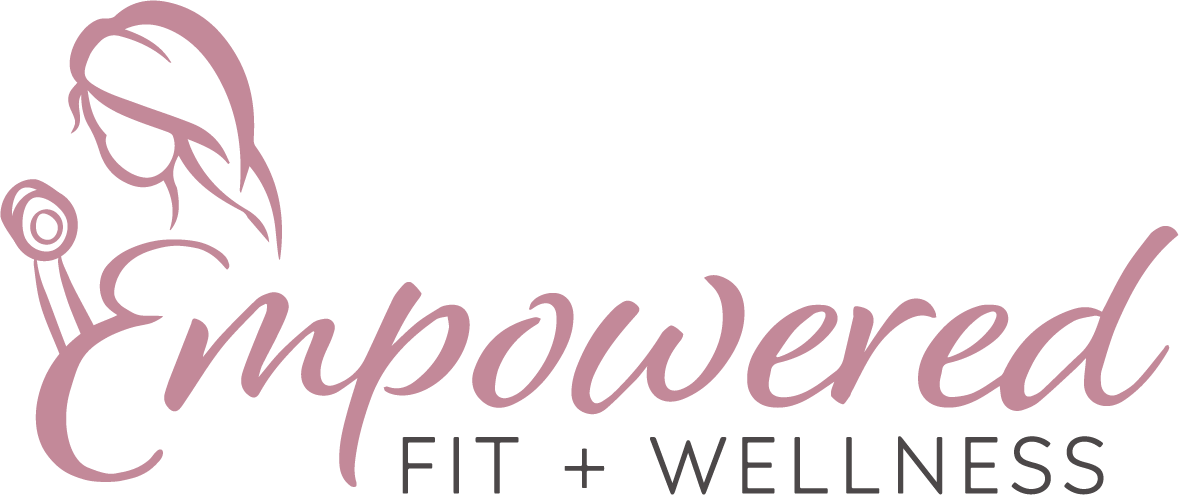My belly cones/pops during exercise
Is your belly coning during an exercise? Breathing can help.
Your abdomen coning during an exercise means that intra-abdominal pressure (IAP) is not being regulated. When the pressure in your core is not being regulated, it can show up as pressure down, towards the pelvic floor or through the midline of your core (the “weakest link”). This often occurs during pregnancy and postpartum as there is a natural separation of the rectus abdominus (six-pack muscles), but it can happen to non-pregnant/postpartum people as well.
To begin managing IAP, begin with diaphragmatic breathing. This will encourage the natural cycle of breathing. This cycle involves your pelvic floor relaxing as you breathe into your diaphragm and your pelvic floor contracting as you exhale. Once you establish this type of breathing, you want to move on to other breathing techniques such as the connection breath, which I explain in my breathing foundation video on demand.
Mismanaged IAP occurs when muscles that make up your core (pelvic floor, TVA, diaphragm, multifidus) are not working as a unit. When they’re not working as a unit, that is when your body will give you feedback like coning.
Coning can happen when you’re lifting heavier weights, when the load placed on the linea alba (connective tissue connecting your six pack muscles) increases or when you’re experiencing Diastasis Recti and pelvic floor dysfunction.
Common exercises where you might notice it the most are when sitting up, crunching, twisting, and planking, as the load on the abdominal muscles increases.
Where you inhale and exhale during the exercise will vary based on the exercise you’re doing and where in the movement you notice increased coning. Typically, wherever you notice the most coning, that is where exhaling can help.
Here are some additional tips to help manage IAP:
Modify exercises when needed. Slowly progressing through an exercise is often more effective than pushing through.
Roll over to your side, when sitting up from bed or couch (especially if pregnant or postpartum)
Play around with where you inhale and exhale throughout the exercise and find the one that feels best and manages symptoms. Tune in to your body and allow it to guide you, it usually will.
Need more guidance on managing abdominal coning?
Join our on demand classes! Get 7-days of free classes today.
In the video below you will see how I use two breathing techniques during a push-up exercise.

